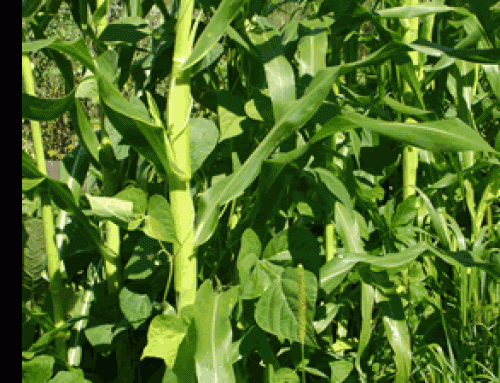
Herb garden project: Basil growing in a garden
Grow what you eat
Herbs are easy to grow, and can give you a sense of what people ate in antiquity and how they got their food. An herb garden project can be done at ground level, but for more accessibility consider a raised bed that you can reach from a chair.
Central Asian food
Food in ancient Egypt
Food in medieval Europe
Basil is a good one to start with. You can get the seeds in any nursery, or you can order them online. If you don’t have a yard, you can grow herbs in pots, too. And soon you’ll have your own herb garden!
How hard is it to grow herbs?
Some herbs that we use in cooking are practically weeds and will grow all by themselves with just a little water. Rosemary, thyme, oregano, parsley, sage, and mint are like that. (If you don’t keep an eye on it, mint will take over your whole yard!) So are cilantro, dill, and tarragon.
Basil is a little harder: it needs plenty of sunshine and water to thrive. Start an herb garden and see for yourself!
What do I do with the herbs?
Once your garden takes off, you can harvest the herbs and sprinkle them on your food. Just pick the leaves, and chop them into little pieces with a sharp knife. Cutting the leaves up lets the oils inside out – that’s what smells good. Sprinkle a handful on to cooked noodles, with some olive oil or butter, and they’ll taste terrific.
Or try frying tomatoes and onions together in a frying pan with fresh oregano and thyme. A handful of dill is great on fish, or on boiled potatoes, hot or cold. I like a handful of chopped tarragon on grilled asparagus, or string beans. Chop mint and add some to a pitcher of cold water to make a great drink!




